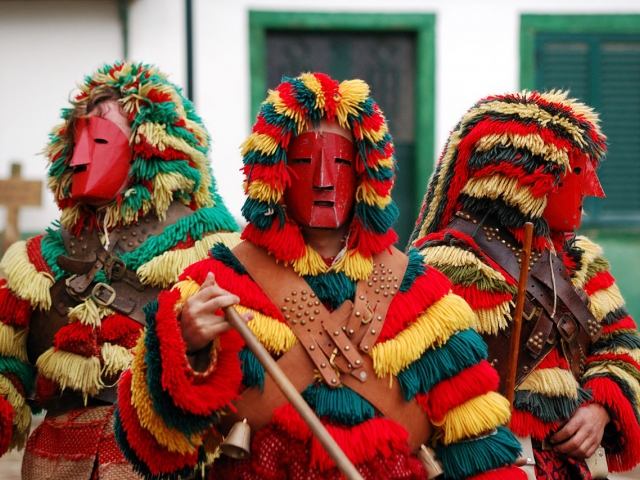
History of the carnival
The predecessor of the Brazilian carnival is the Portuguese holiday Entrudo, originated in the ethic times. King Juan VI, who in 1808 escaped from Napoleon's troops to faraway Brazil, brought traditions of his country to this land and by the end of the XIX century the carnival had gained immense popularity. People gladly seized the last opportunity to have a good time before the Lent: they poured water on each other, threw eggs and tomatoes, symbolically demonstrating wealth and abundance. The holiday was accompanied by theatrical performances, fireworks, and costumed processions.
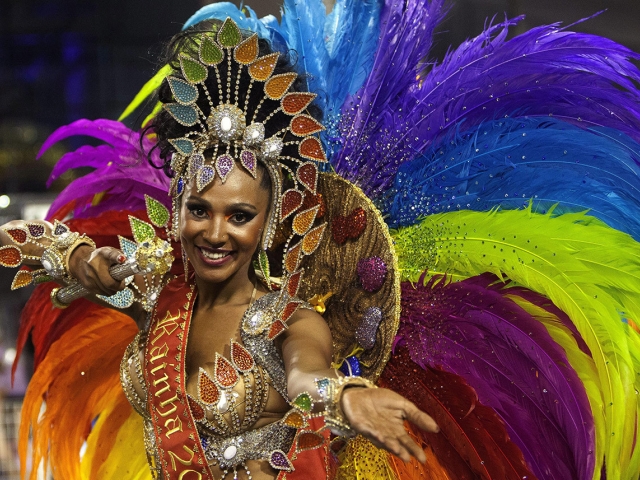
Dates of the carnival
The dates of the carnival are floating and change annually. The event lasts 4 days: in 2018 it will be held from 10th to 13th of February and in 2019 it will last from 2nd to 5th of March. Thus, the date of the carnival Sunday is determined, counting 7 weeks before Easter. In the Southern Hemisphere, Easter is celebrated on the first autumn full moon.

The carnival in Rio de Janeiro
The most spectacular carnival is held in Rio de Janeiro, the unofficial capital of Brazil. For the duration of the festival, the mayor of the city devolves power on the Carnival King, elected from the citizens of Rio. For several days, business and political life freezes, crowds of people in fantastic costumes and headdresses flock to the city streets. Music sounds everywhere, and the local people enthusiastically accompany it on pots and pans. Various contests and improvised concerts are organized in courtyards. People celebrate non-stop.
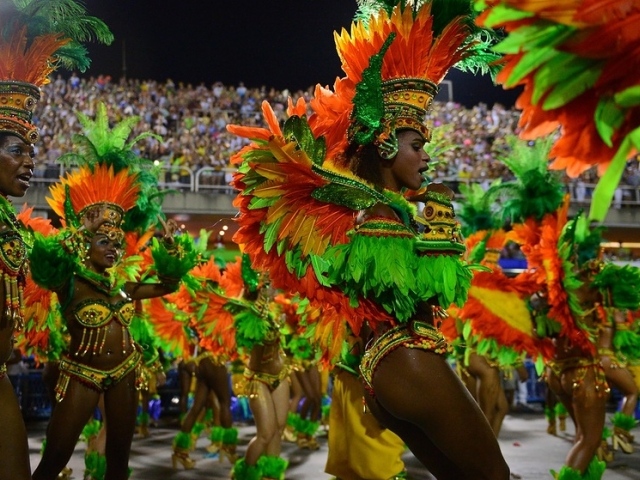
Samba schools competitions
The vibrant samba - the Brazilian national dance - absorbed the elements of Brazilian, Portuguese, and Italian traditions and the African dance rituals. Since 1928, thousands of dancers have participated in the contests, whether they are beginners or elite samba schools. Dancers begin to prepare costumes for an upcoming festival long before its beginning. The best designers create sketches of costumes, and skillful tailors sew them. Choreographers invent new dance figures and teach them future participants, while talented musicians compose melodies, which will sound while schools proceed to the Sambadrome. According to the results of the competition, where dancing skills, beauty of costumes, artistic and musical background are taken into account, the winners are announced, and a few days later they show demonstration performances.
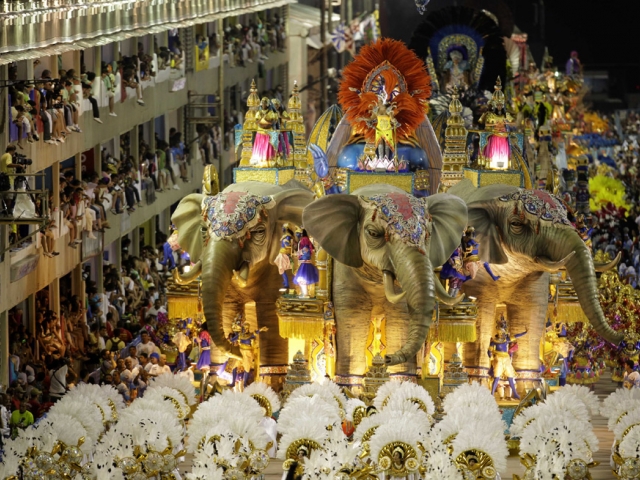
Sambodrome
The Sambodrome is the widest city street, specially equipped for the procession of samba schools. Despite the fact that the tickets for the carnival are quite costly, they are in high demand, and tens of thousands of people fill the stands with along the Sambodrome. The carnival defile is broadcasted live from balconies of nearby houses.
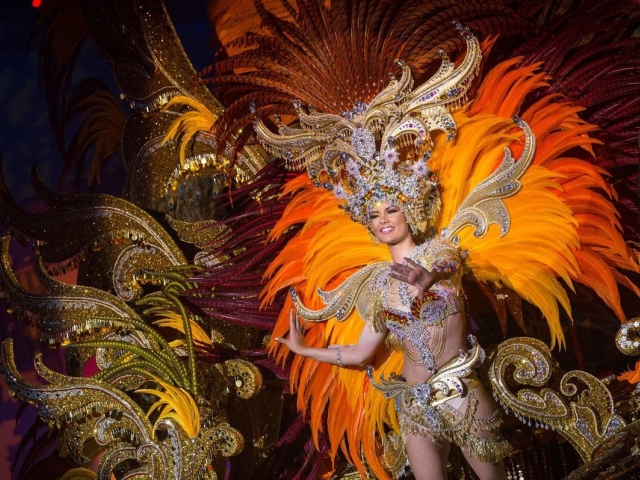
Culmination of the festival
The holiday reaches its apogee when the queen of the school surrounded by the best dancers appears at the head of the procession of the best samba schools. Samba teachers, famous dancers, artists, and athletes follow her brightly painted cart. Huge dolls are floating above the procession, which is stretched for half a kilometer. The procession itself, united by a certain theme or idea (nature, music, sports or politics), lasts from 9 pm to 5-6 am local time.
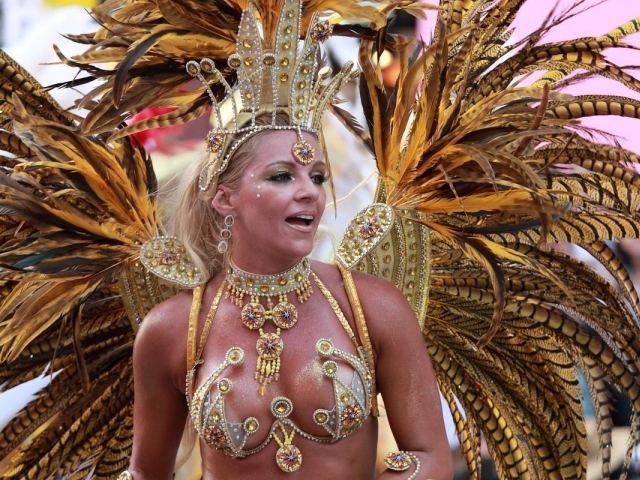
Clothes for the carnival
Samba is a fun dance with elements of sexual flirting, so specific movements of the hips such as vertical swings play a key role in it.
In addition, the costumes of the dancers, despite their complex and weighty design, reveal beautiful semi-nude bodies, which is, however, not shocking or offending to anyone in Brazil. In fact, physical beauty is a real cult in this country, so only the best of the best can enter a samba school.
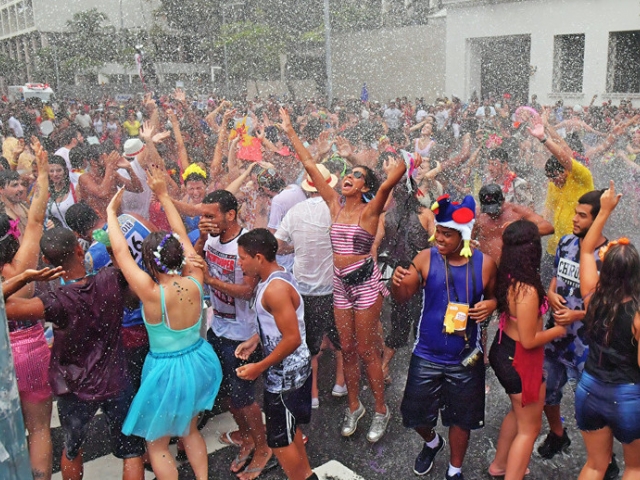
Street parties
This grand celebration is not limited to concerts, parades and samba competitions. The festive defile gradually turns into massive street parties and street processions, uniting all those who were lucky to be in Brazil during the carnival.
Participants of the procession can form up a line, file or rectangle and dance along the streets. During the theatrical processions of columns, dancers demonstrate elements of African magical rites.
 বাংলা
বাংলা 
 Русский
Русский English
English Bahasa Indonesia
Bahasa Indonesia Bahasa Malay
Bahasa Malay ไทย
ไทย Español
Español Deutsch
Deutsch Български
Български Français
Français Tiếng Việt
Tiếng Việt 中文
中文 हिन्दी
हिन्दी Čeština
Čeština Українська
Українська Română
Română
